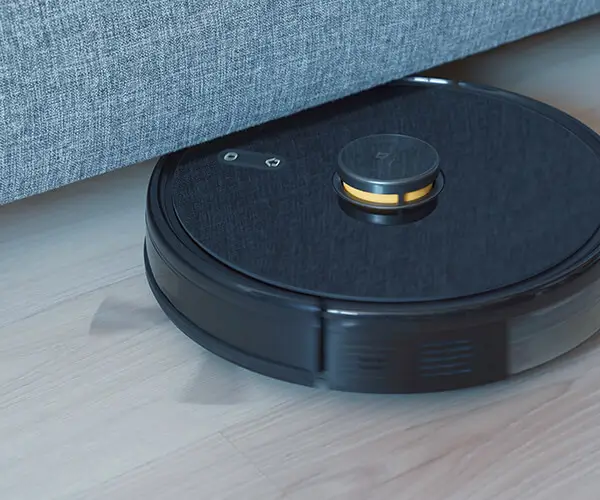Ever wanted to make a robot arm move smoothly? Or maybe you're building a DIY project that needs precise control? If yes, then the question “como ligar um servo motor” might have crossed your mind more times than you can count. Connecting a servo motor sounds simple in theory, right? You just plug it in and watch it go. But as countless tinkerers and engineers will tell you, there's a bit more—much more—going on behind the scenes.

Picture this: you’ve snagged a sleek servo motor, maybe one from KPOWER, known for its reliability and performance. Now the puzzle begins—how do you get it working? It’s not just about plugging it in randomly. You need to understand the basics. Most servo motors have three wires: power (usually red), ground (black or brown), and signal (white or yellow). The power and ground connect directly to your power supply—say, a 5V source if it's a small servo. That signal wire is where the magic happens, carrying your control signals from a microcontroller or a motor driver board.
If you’re pondering, “Can I just connect it to my Arduino?” Absolutely, but keep in mind the specifics. Most servos expect a PWM signal—pulse width modulation—that tells them where to position the shaft. Imagine a visible pulse repeating every 20 milliseconds: a longer pulse (around 2 milliseconds) turns the servo to one side, while a shorter pulse (around 1 millisecond) turns it the other way. The steady, precise pulse is key to keeping it locked in position.
When you're trying to get your servo to respond right, ask yourself: Is my power supply stable? Is my PWM signal at the correct frequency? Sometimes, strange jitters happen because the power source is flaky, or your signal isn’t clear enough. Using a dedicated power source for the servo—separate from your microcontroller—can make a huge difference. Think about it: those tiny motors draw bursts of current, and if the power dips, your servo might twitch or stall.
Here’s a quick tip — if you start experiencing jitter, check your wiring. Is the signal wire clean and secure? Are your grounds connected? It might sound trivial, but grounding issues are often the culprit. And if you’re wondering about controlling multiple servos, you'd want a dedicated motor control board or an appropriate pinout to prevent interference.
Imagine you’re at a craft fair, trying to make a miniature crane. You want the arm to lift precisely, smoothly, and repeatably. That’s where mastering how to connect a servo motor becomes empowering. You’re not just wiring bits and pieces; you’re opening up a universe of mechanical possibility.
Thinking bigger? Using feedback sensors can elevate control precision even further. Combining servo control with sensor data—like distances or angles—paves the way for smarter, more autonomous machines. But step one, always, is the wiring. Get that right, and everything else flows naturally.
So, whether you're tinkering in your garage or designing something complex, remember: connecting a servo motor isn’t just about power and signals. It’s about understanding the dance between hardware and control signals, and knowing how to make that dance happen flawlessly. Once you get the hang of it, you’ll be surprised how your ideas start taking tangible shape.
Established in 2005, Kpower has been dedicated to a professional compact motion unit manufacturer, headquartered in Dongguan, Guangdong Province, China. Leveraging innovations in modular drive technology, Kpower integrates high-performance motors, precision reducers, and multi-protocol control systems to provide efficient and customized smart drive system solutions. Kpower has delivered professional drive system solutions to over 500 enterprise clients globally with products covering various fields such as Smart Home Systems, Automatic Electronics, Robotics, Precision Agriculture, Drones, and Industrial Automation.




































